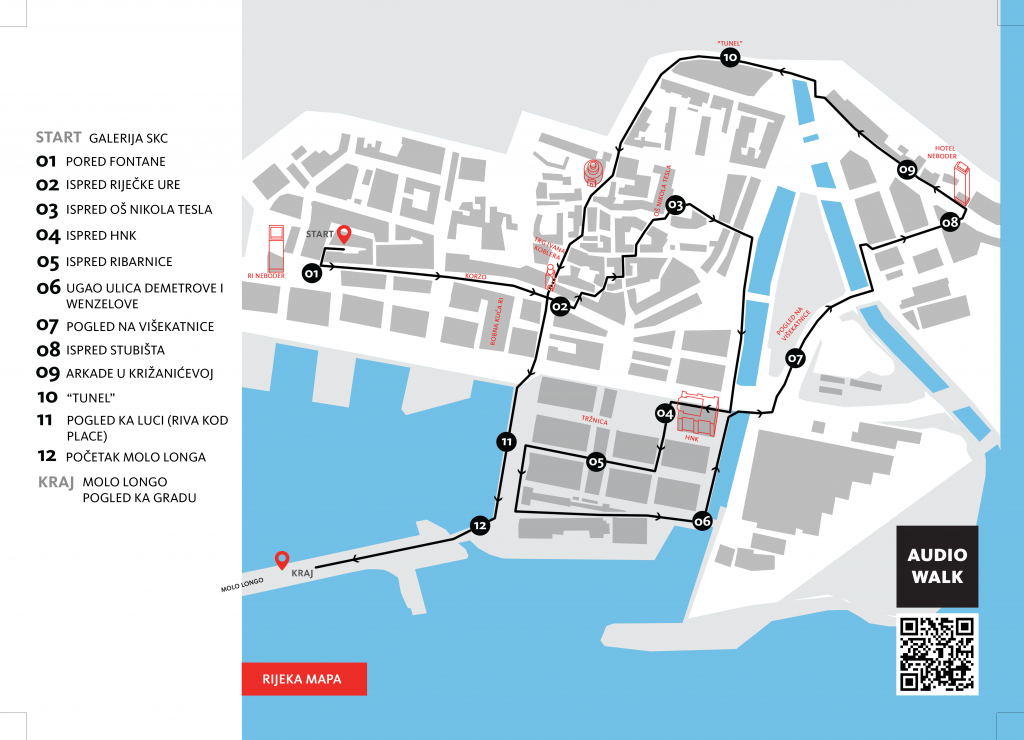STORIES / PUBLICATION / EXHIBITION / AUDIO WALK
Stories, narratives, and storytelling are central aspects of all cultures. Stories provide people with a sense of history, a sense of community, a sensitivity to oral language and its importance to heritage.
The aim of this project was to explore the impact that their narratives have on the development of cities’ identities. The project mapped new resources (urban stories, myths, etc.), and Rijeka, Novi Sad and Timisoara united visions, knowledge and experiences and presented new stories to the audience.
Cities have explored common heritage and stories that unite them throughout history, through a variety of formats, from print publications, multimedia exhibitions to audio walks and digital city maps.
/ STORIES
During four months of researching different layers of Petrovaradin history, researchers Ines Grgurina, Kristina Pandža and Marko Smoljan collected more than 40 different stories from Timisoara. The stories came up with a variety of research techniques, from talking to the community to reviewing available archives.
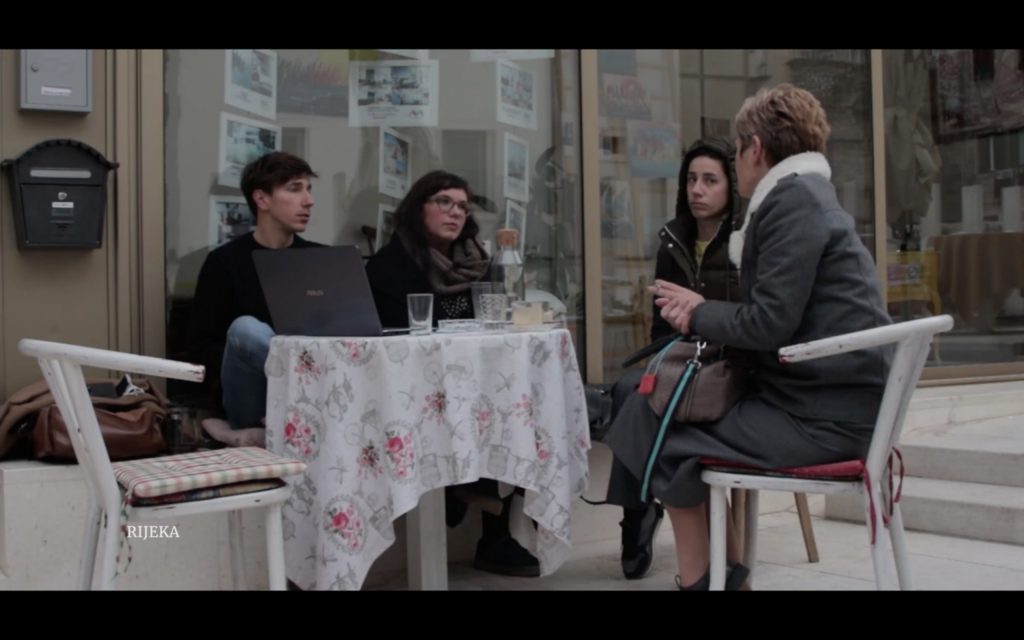
/PUBLICATION
“Book about Rijeka” was created from the collected stories, and its pages bring readers stories divided into six parts. We see the publication as an opportunity to look back in the kaleidoscope of perspectives, to discover at least pieces of what we once were, what was done, but forgotten, neglected, untold, unnoticed or even hidden.
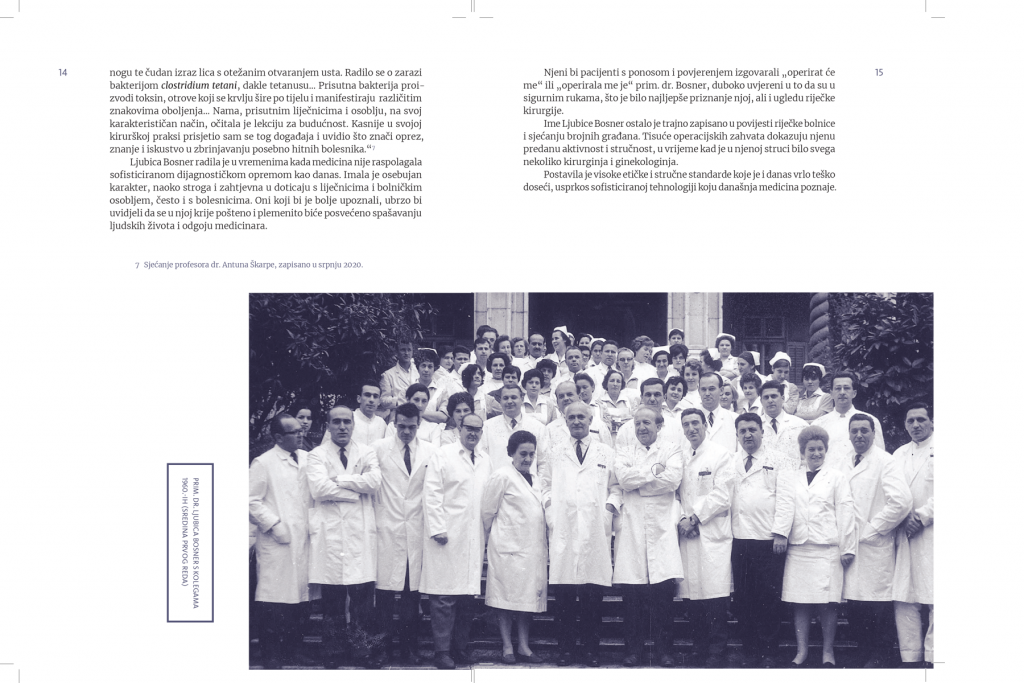
/EXHIBITION
The material collected in the research period was our starting point for the design of the multimedia exhibition “Stories behind cities (Novi Sad, Rijeka, Timișoara). The concept of the exhibition was created by the Ephemera collective from Novi Sad. The exhibition was organized in three partner cities.
Starting from the question “How to expound a story?”, this exhibition explores on several levels the concept of spatial construct – construct as a city woven of narrative, construct as an idea of Novi Sad, Rijeka and Timișoara, which are indirectly built by layering stories and experiences offered by the exhibition , and finally, the construct as its specific, fictitious narrative layer, which arises in the overlap, confrontation and connection of stories, motifs and spaces of all three cities.
Thus opening the perception towards the potentials of creative reinterpretation of the text, with this concept we allowed ourselves to go a step further – towards the non-existent, new, fourth city, which is at the same time imaginary and based on written stories. By permanently positioning them in the border area between the imaginary and the real, we hope that the spatial constructs presented through this exhibition will only truly begin to live and transform through their audience.
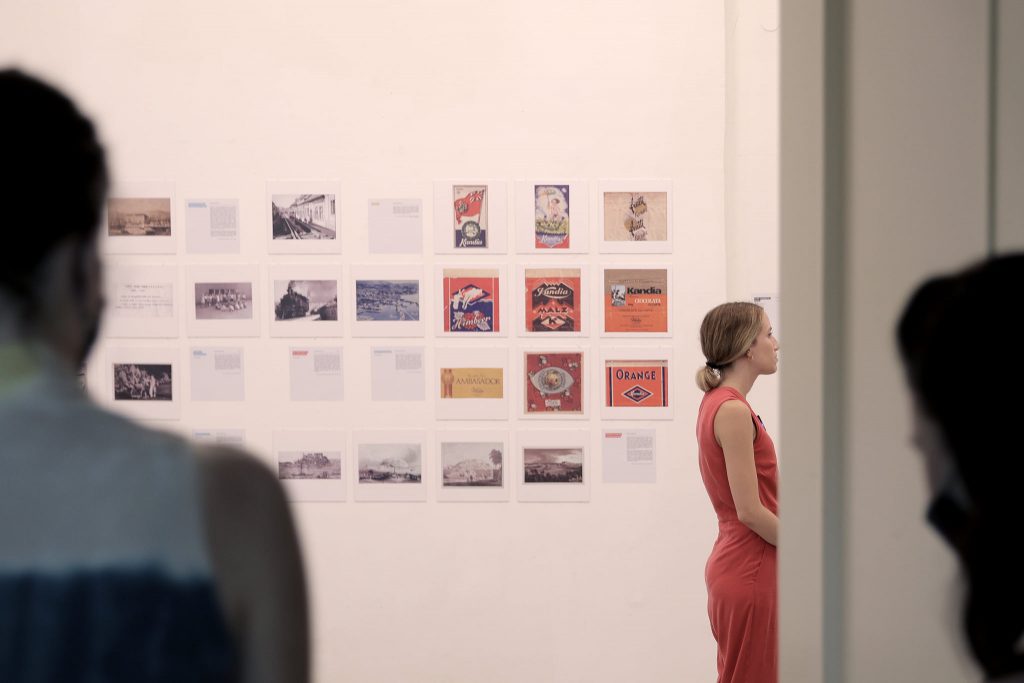
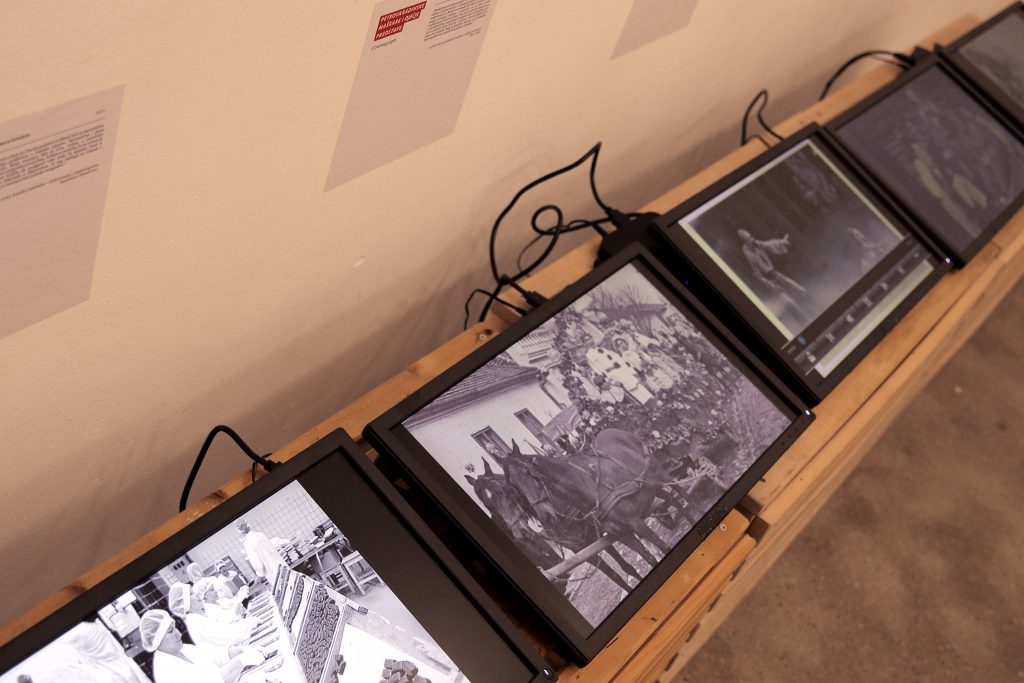
/ BROCHURE
The brochure “Stories behind cities” gathers in one place the most interesting stories from all three cities – Novi Sad, Rijeka, Timișoara)
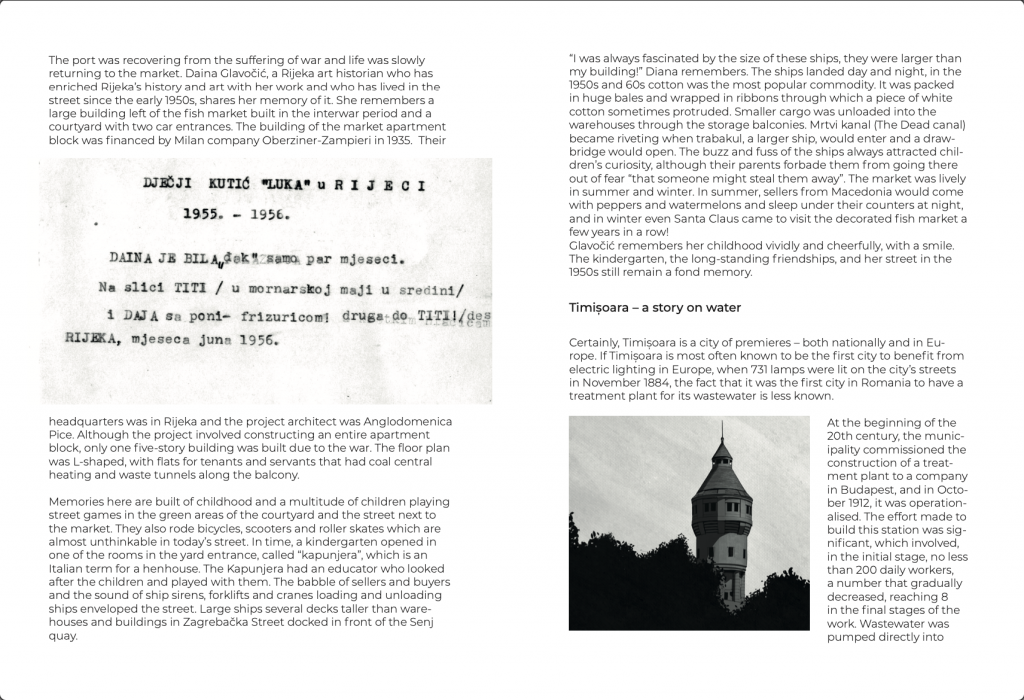
/AUDIO WALK
Special addition to the multimedia exhibitions were audio walks, created by Attila Antal. The audio walk in one dramaturgical and sound whole unites stories from all three cities and creates the fourth imaginary city.
The narrator of the Rijeka audio walk is Dunja Dorčić.
